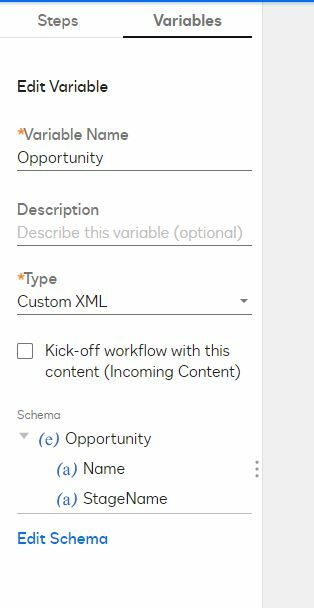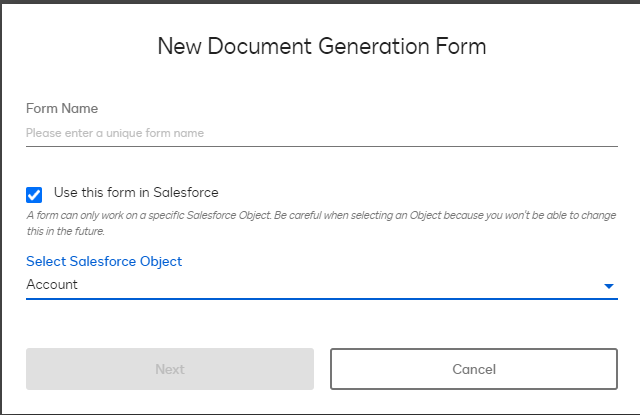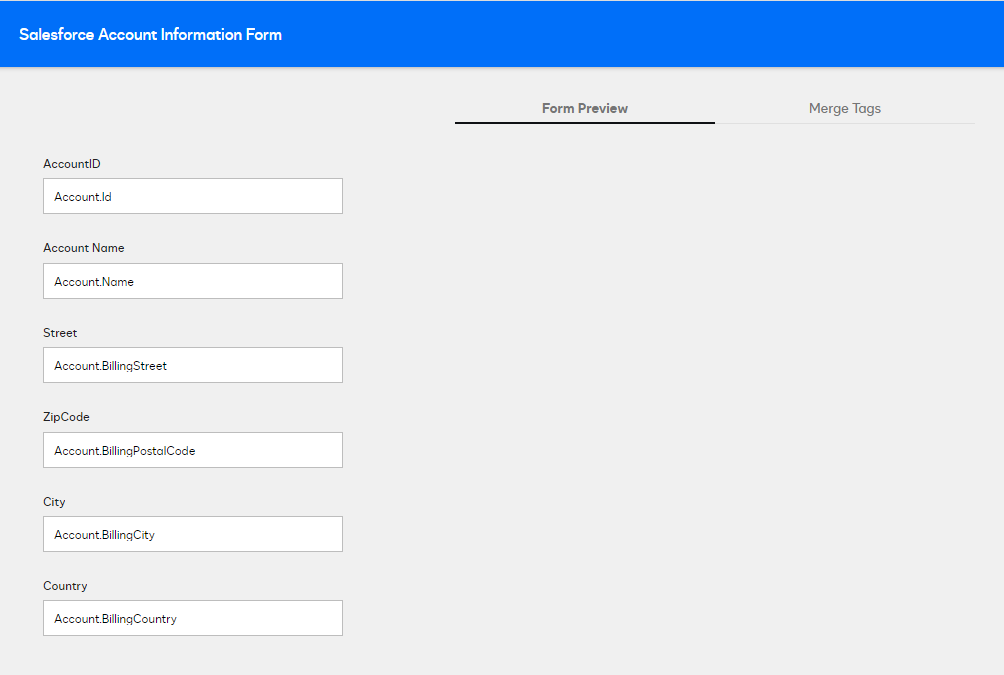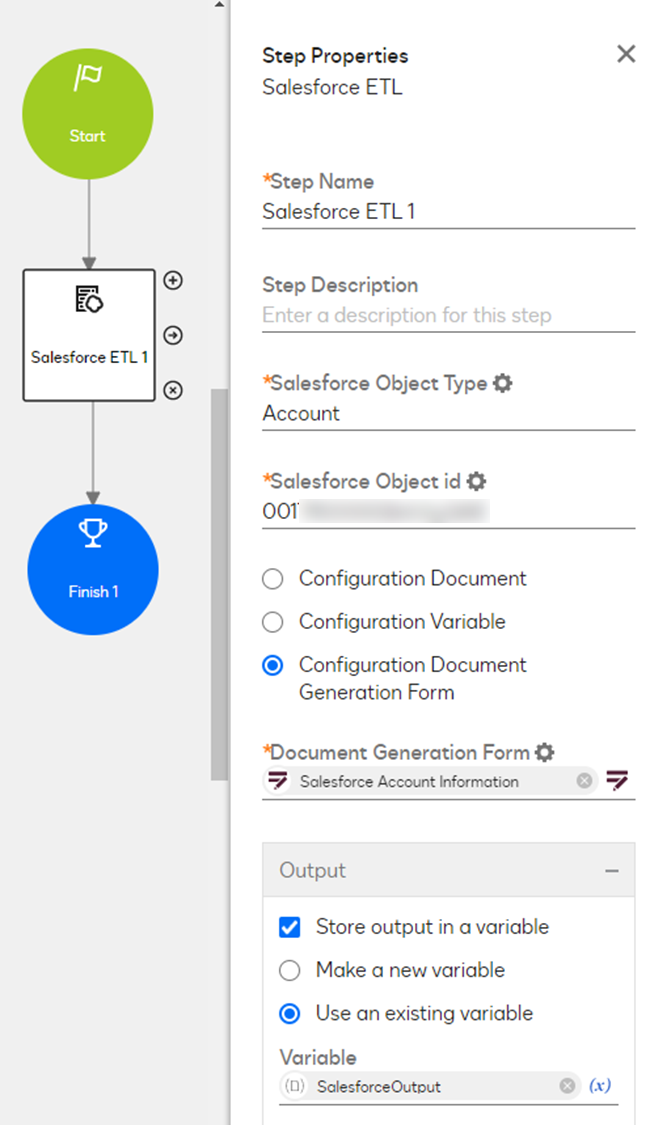Hey all,
Currently I stuck getting data from Salesforce in order to use it in a workflow. So far I can tried to use the Salesforce ETL workflow step for it. However, it constantly fails.
In order to get the data from the Salesforce object (Opportunity), I tried e.g. the following setup:
Salesforce Object Type: Opportunity
Salesforce Object id: I used the Opportunity id (18-digits) referring to one specific record (hardcoded)
Additionally, I created Configuration Variable with the following input in order to get the name and stage of the Opportunity:
<?xml version="1.0" encoding="UTF-8"?>
<Opportunity>
<Name></Name>
<StageName></StageName>
</Opportunity>
Resulting into the following translation:

My questions regarding this topic:
- is the workflow step Salesforce ETL the correct step? if so:
- is it correct to use the 18-digits opportunity id
- Did I do something wrong with the xml file? Unfortunately, I could not find anything documented referring to the DocuSign CLM
Thank you for your help in advance and best regards,
Marco
 Back to Docusign.com
Back to Docusign.com















